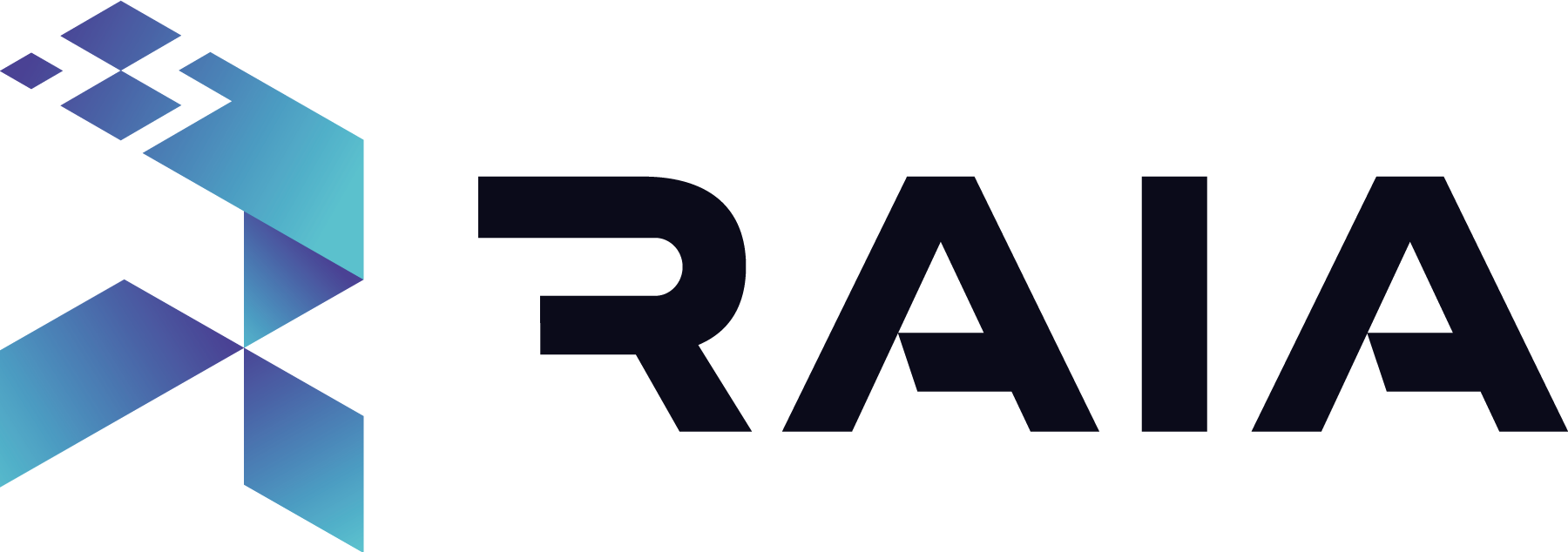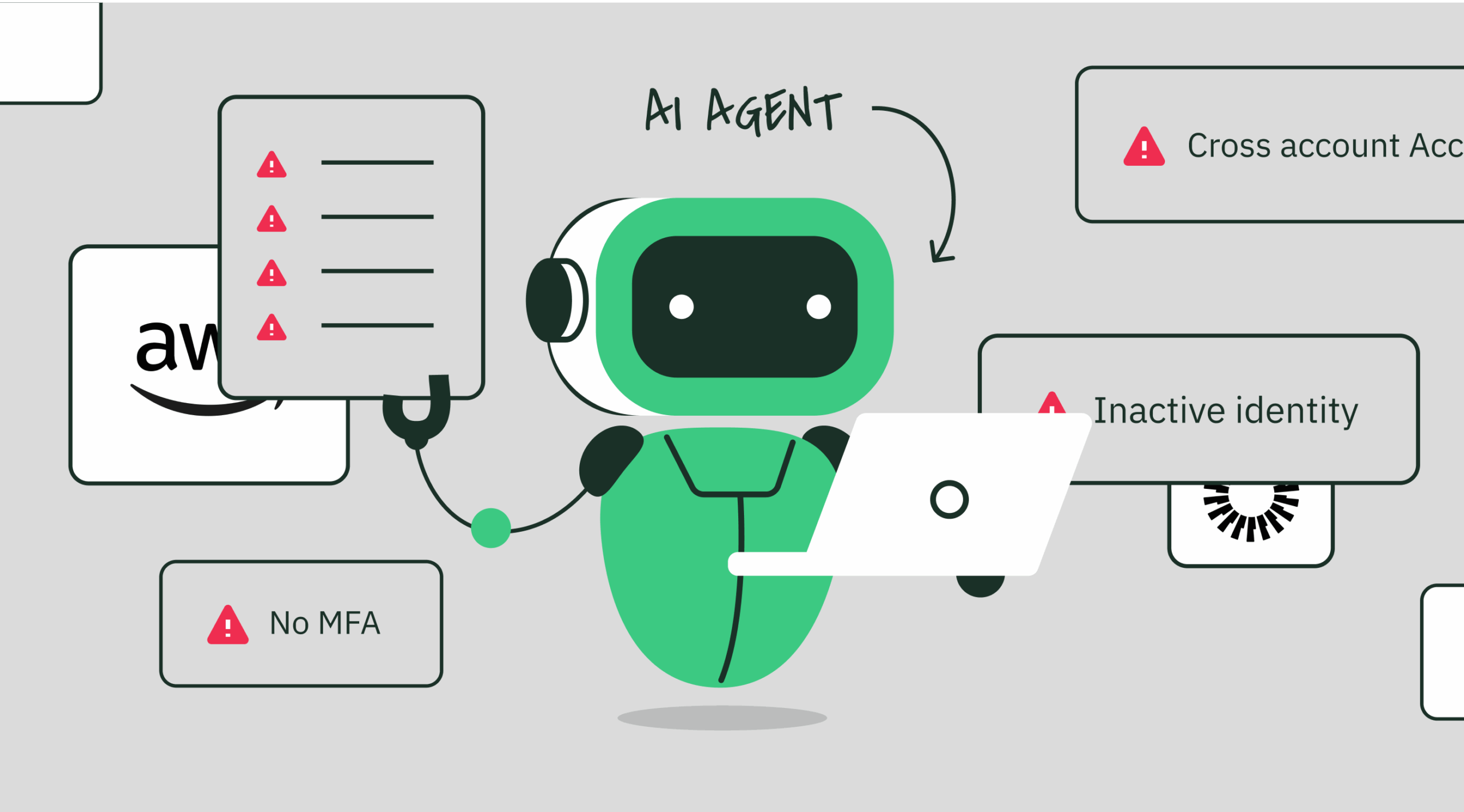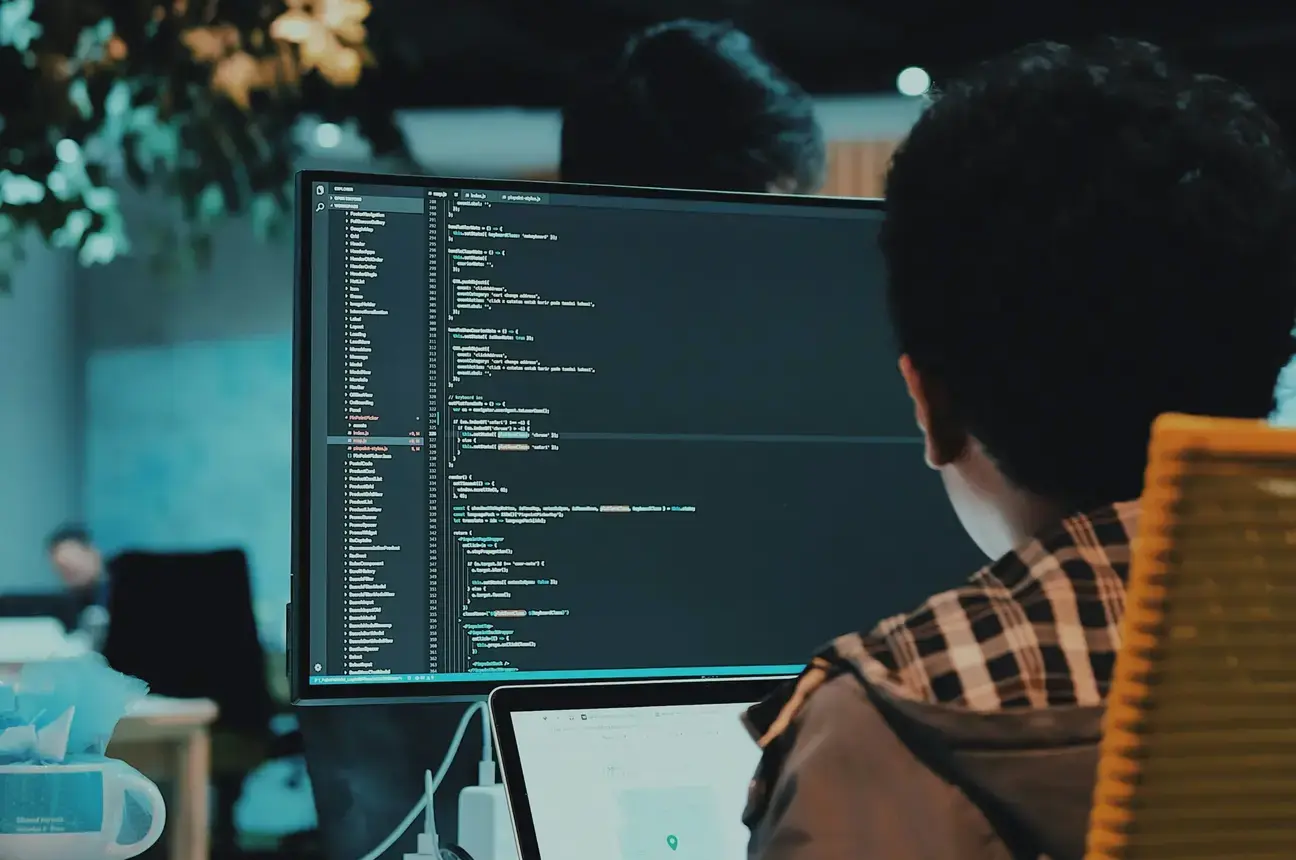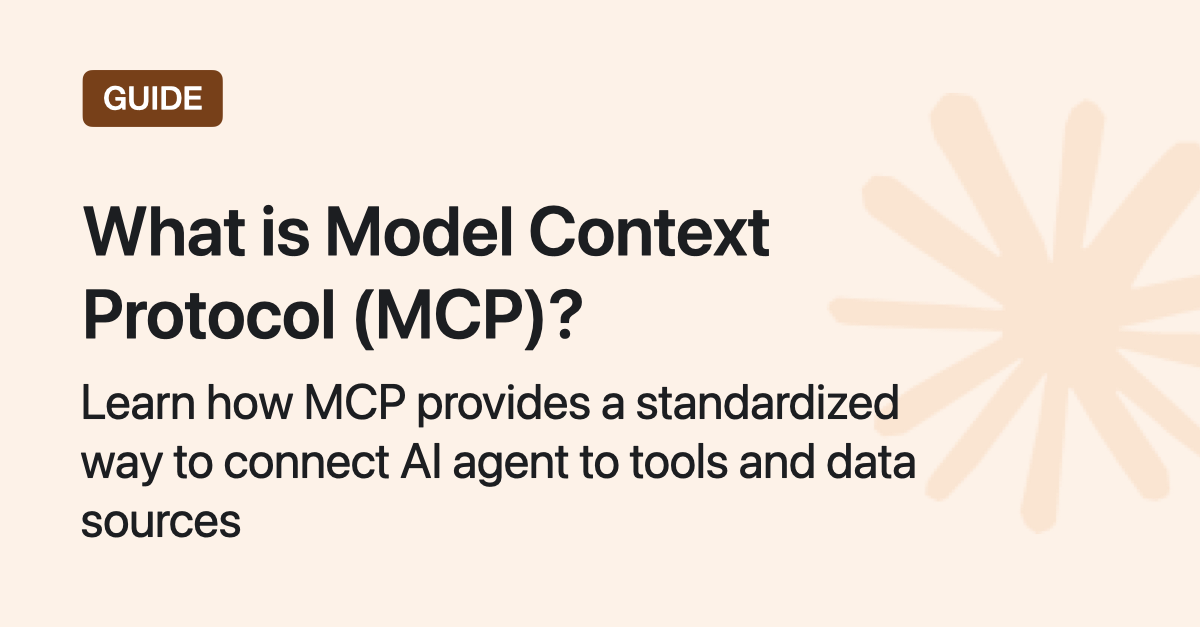Scale Reliability Without Burning Out Your Team
Raia helps you scale SRE work by using agents that triage alerts, find what’s really broken, and take safe, automated actions — so your team can focus on higher-value work.
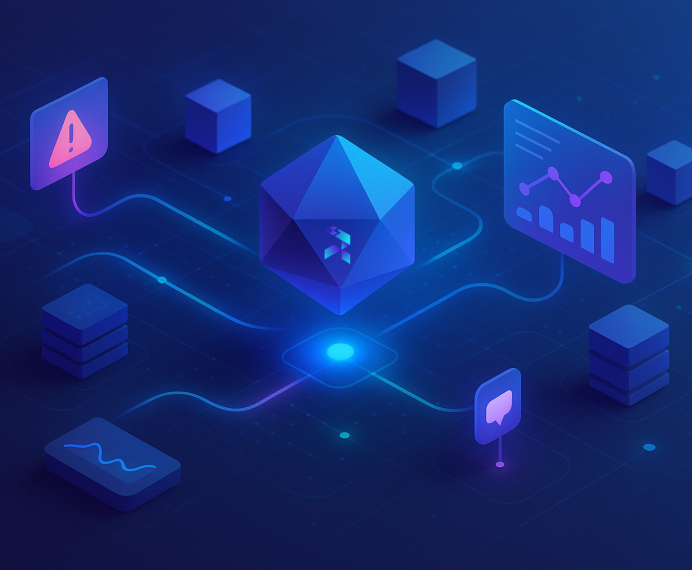







01
SRE Today
Ask any SRE what their week looks like, and the answer’s usually the same:
Too
many
alerts,
too
little
time
Too many alerts
You spend hours every week triaging alerts from multiple tools that describe the same issue.
It wastes time, hides real incidents in noise, and increases mean time to detect (MTTD).
Runbooks don’t match
You rely on runbooks that are outdated after a few deploys.
During incidents, engineers stop using them and start guessing — increasing recovery time and risk of bad fixes.
Recurring incidents
You fix the same issues - memory leaks, failed health checks, and CPU spikes over and over.
Because there’s no time to automate them safely, the same alerts keep paging people.
40
%
of the Time spent in repetitive incident response
30
%
increase in MTTR when alerts are noisy or rca is manual
1
+
incidents per week per engineer

02
Where Raia Fits In
Raia helps SRE teams handle more incidents with less manual work
Instead of chasing alerts, your team defines the logic once and agents take care of the repetitive steps that follow, helping you triage faster, find root causes quicker, automate common fixes, and document every action.
03
Where Agents Help
Raia agents handle the repetitive parts
So engineers can focus on the ones that don’t
01
Correlate alerts across systems
Agents subscribe to alert streams from tools like Datadog, Prometheus, and CloudWatch.
They group alerts by common dimensions (service, namespace, region, deployment ID) and suppress duplicates.
02
Identify the probable root cause
Agents pull metrics, traces, and logs for the affected components.
They compare current signals against historical baselines and recent deployments.
03
Execute predefined remediations
When a cause matches a known condition (e.g., container crash loop, full disk, high CPU), agents trigger a remediation workflow.
Each action runs in a controlled environment with validation hooks and guardrails.
04
Escalate intelligently
If no matching remediation exists or the risk exceeds defined policy, the agent opens a ticket or sends a Slack alert with full diagnostic context — related metrics, logs, and last actions taken.
05
Record and version every action
All inputs, queries, and commands are captured in an immutable audit log.
Each incident produces a structured record that can be reviewed, replayed, or reused to train new automation rules
04
How It Works
Raia listens, analyzes, acts, and records — always within the policies you define.
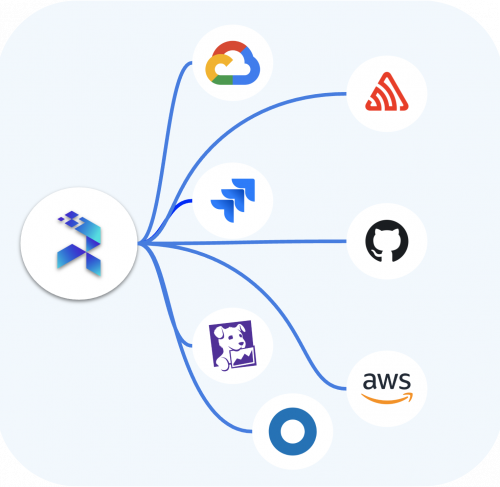
1. Connect your existing tools
Raia integrates with systems like Datadog, Prometheus, Sentry, CloudWatch, New Relic, and more.
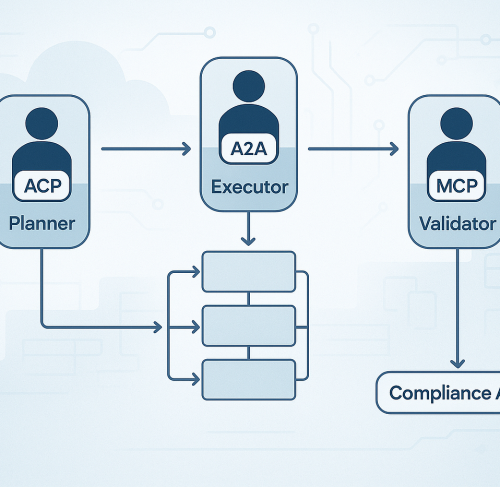
2. Define the actions
Set which workflows or actions are safe for agents to run and when they need approval.
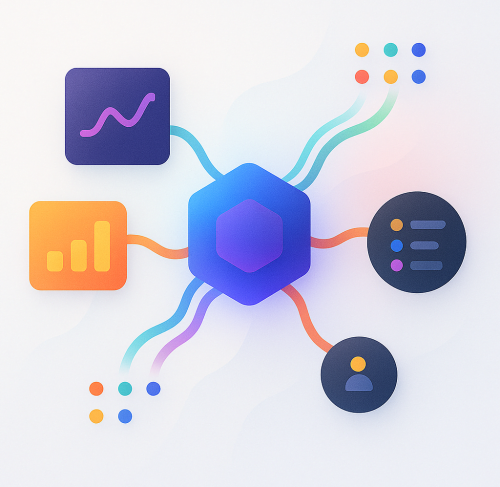
3. Agents in action
They correlate data across tools, identify patterns, and take action where it’s safe.
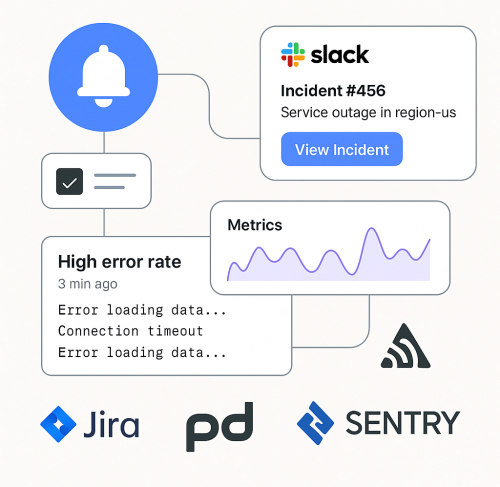
4. Predefined remediations
When a cause matches a known condition (e.g., container crash loop, full disk, high CPU), agents trigger a workflow or action stored in Raia
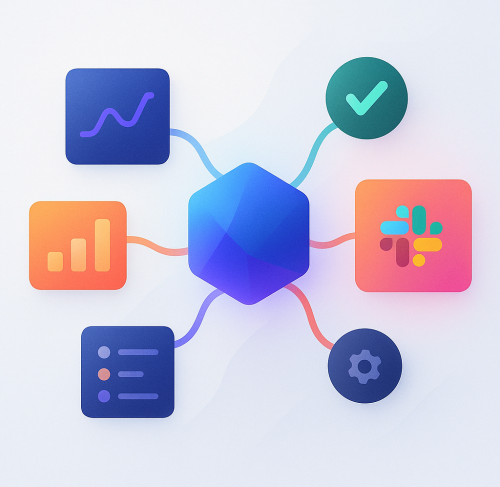
5. Escalate intelligently
If no matching remediation exists or the risk exceeds defined policy, the agent opens a ticket or sends a Slack alert with full diagnostic context, related metrics, logs, and last actions taken.
04
A Real Example
Incident:
Latency spikes in your checkout service after a deployment.
Raia’s agents:

Correlation
By correlating Datadog metrics and AWS Lambda logs, Raia identifies a throttled DynamoDB table.
Action
Raia triggers a predefined agentic workflow to scale the aws service capacity to attend the demand.

closing
Raia monitors the service logs to validate that latency returns to normal, close the incident, and record every step
0
%
mean time spent per incident
0
%
average MTTR across recurring incidents
0
%
on-call interruptions for recurring incidents
05
FAQs
Answers You Need: Frequently Asked Questions
Get started in just a few minutes
How do Raia agents fit into our existing setup?
Agents connect through APIs to tools you already use, such as Datadog, Prometheus, CloudWatch, Sentry, Jira, Slack, and others.
They don’t replace your monitoring, they act on the data it produces.
What kind of actions can agents take?
Anything that can be automated safely.
Common examples include restarting pods, scaling services, rotating unhealthy nodes, or clearing stuck queues.
Each action runs within a workflow you define, with verification steps built in.
How are actions controlled and approved?
All actions are gated by policies.
You decide which playbooks run automatically, which need approval, and which can only suggest next steps.
Every command, output, and verification is logged in an audit trail.
What happens when an agent encounters something new?
If the issue doesn’t match a known case, the agent escalates it by creating an incident in Slack, Jira, or PagerDuty with correlated logs, metrics, and a hypothesis of what’s failing.
The goal is to save the team time setting context, not to guess blindly.
Can we audit what agents did during an incident?
Yes. Every query, command, and result is recorded.
You can replay the sequence to see what triggered, what changed, and how metrics evolved before and after each action.
Does Raia support MCP connections and APIs directly?
Yes. Raia supports both Model Context Protocol (MCP) connections and native API integrations with selected connectors.
This allows agents to communicate securely with your existing data sources, pull context, and trigger actions across systems without custom middleware or manual API orchestration.
06
Blog
Explore Insights, Tips, and More
Stop Building AI Agent Spaghetti: Why a Control Plane is Your Scalability Lifeline
You're building AI agents, and that's exciting. But are you ready to manage them at scale? Without a Control Plane, you're facing a world of pain: prompt engineering nightmares, security vulnerabilities, and innovation[…]
April 26, 2024
Your Agent Army Is About to Mutiny: MCP, Cost Shock, and the Missing ‘Kubernetes’ for AI
We saw containers go from demo to dumpster-fire until Kubernetes stepped in. Now AI agents are exploding 10× faster thanks to MCP—and the invoices land next quarter. Here’s the hard data, the hidden[…]
April 26, 2024
From Tools to Teams: Orchestrating AI Agents Across Protocols
AI agents are no longer just tools on standby. They’re evolving into distributed teams, each with specialized roles, secure access paths, and clear boundaries.
April 26, 2024
What is Model Context Protocol (MCP)? How it simplifies AI integrations compared to APIs
MCP (Model Context Protocol) is a new open protocol designed to standardize how applications provide context to Large Language Models (LLMs).
April 26, 2024
